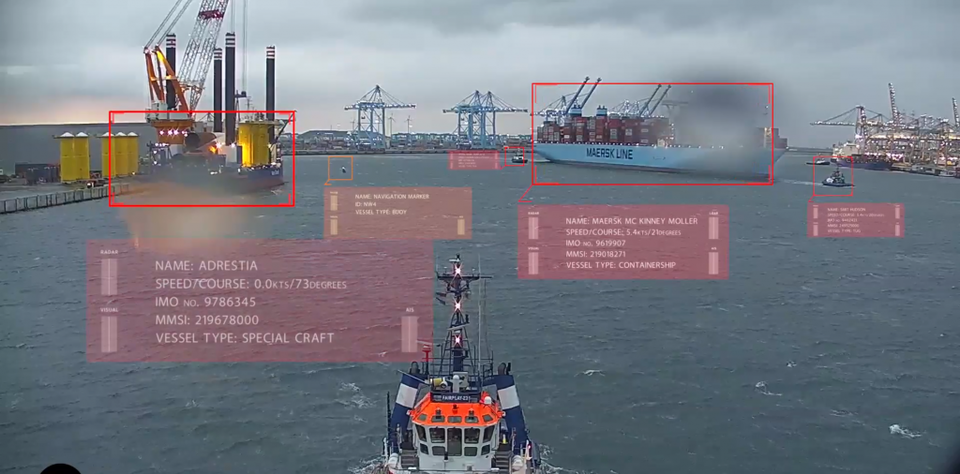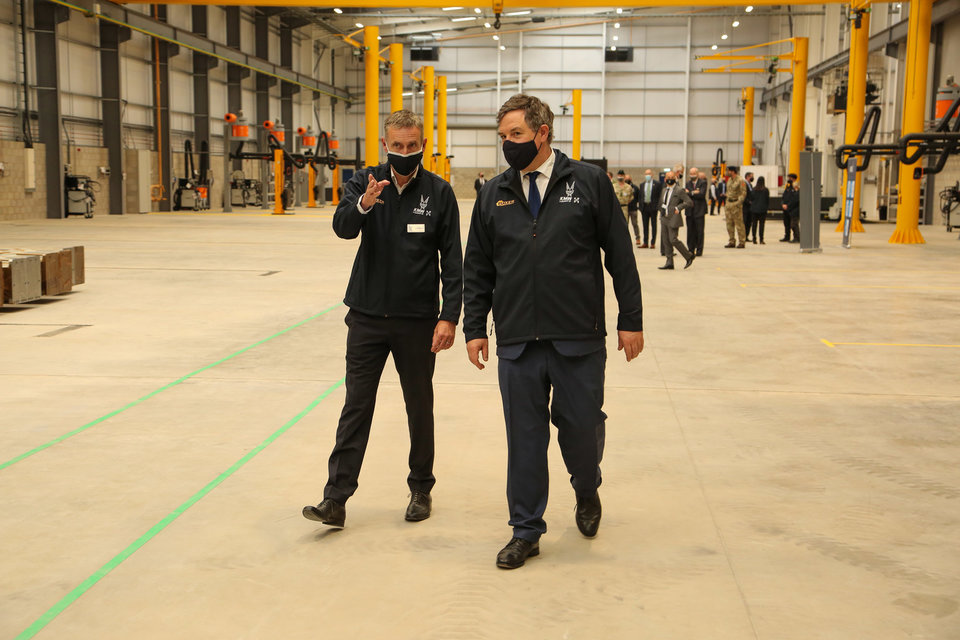Autonomy
Viasat and Sea Machines develop autonomy with resilient connectivity
Sea Machines recently demonstrated its robotics automation system operating with Viasat’s satellite connectivity service. Norbert Tarnoczi speaks with the companies about the benefits of combining their technologies.
Autonomous naval technology is transforming maritime operations, with the latest generation including the US Navy’s Sea Hunter submarine-tracking medium uncrewed surface vessel (USV), which is currently undergoing sea trials. Recent progress in connectivity technology has enabled consistent performance out at sea, optimising real-time situational awareness.
However, operating in high seas requires a new level of resilient connectivity, something US satellite communications company Viasat and US-headquartered autonomous maritime technology provider Sea Machines have come together to address. The companies are teaming up to take autonomous maritime operations beyond their current boundaries, in both an operational and physical sense.
Sea Machines SM300 with Viasat satellite connectivity
Sea Machines’ SM300 is an autonomous command and control system for commercial vessels that is always on-watch and enables off-boat remote command.
Unlike most naval USVs, where the vessels are crewless by design, the SM300 can be retrofitted to nearly any existing one. The hardware includes a small control hub and an antenna fitted to the vessel, and a laptop for off-board operation.
The system provides operational domain awareness, telemetry and attitude to a remote commander via a chart-based user interface, tracked targets, video and warnings. These are generated by cameras and sensors that are located on and off the vessel.
The system is platform-agnostic and works in both crewed and uncrewed situations. The companies have run a few successful uncrewed projects, but they predominantly sell and advocate for optionally crewed operation.
Sea Machines’ business development and sales director for the US Government Philip Bourque says: “I think for the broader customer base, we are seeing most of the demand signals for the product for conditional autonomy, or supervised autonomy, where you are using the system as a way to augment and improve your experience as a boat operator.”
This can mean that someone might control the vessel from on board or from shore.
The SM300 also has collision avoidance capabilities that rely on AI and computer vision, and it does not let the operator plan route in places where there is danger for the vessel such as, land, shallow water or underwater cables.

// SM300 provides operational domain awareness, telemetry and attitude. Credit: Sea Machines
Consistent connectivity
Viasat’s business area director for maritime and rotary broadband services Joe Johnson says: “Both the US Government and the UK MOD are going down the path of autonomy, robotics and AI. Whether it’s on land with unmanned ground vehicles, now UAVs [uncrewed aerial vehicles] are proliferating the defence space and USVs aren’t far behind.
“Navy is all about power. It is about how can we project force and increase situational awareness and protect our assets better at the same time.”
An autonomous vessel has the potential to remove personnel from harm’s way or reduce exposure to danger. It can also offer vantage points for first and last-mile autonomy.
Bourque says while he cannot disclose specifics, the company is very much interested in how the system could be used to reduce human risk by putting uncrewed vessels in contested zones instead of personnel.
For such operations to succeed, however, connectivity speed and reliability are paramount, and militaries must receive real-time information.
Viasat says its maritime satellite communication service provides enhanced onboard connectivity, real-time, reliable connections with demonstrable average speeds of 40Mbps flat line and 3Mbps radio line at sea. The company’s ViaSat-1 and ViaSat-2 satellites currently cover much of North America, the US Gulf of Mexico, the Caribbean and routes across the Atlantic to Europe.
The company says the two satellites will be joined by the three-satellite ViaSat-3 global constellation, with the first ViaSat-3 satellite to launch in 2022, which will offer coverage almost anywhere on the globe.
Secure connections
To mitigate the risks of satellite spoofing and jamming, the company uses very small spot beams, a unique feature in the industry.
“For somebody to be able to jam a Viasat satellite, they would have to be in that same beam,” says Johnson. “So, at least from a maritime perspective, you would probably need to be within a distance to see the jammer.”
Future Viasat satellites will be able to route around potential threats and denials by using software-defined local access networks capabilities.
We have a very robust cyber defence capability within Viasat.
Johnson says: “Viasat is a global internet service provider (ISP) with millions of users that are passing terabytes of data through our network on a daily basis. We, like all ISPs, are under constant attack or denial of service and other types of malware.
“We have a very robust cyber defence capability within Viasat. Somewhat unique in that we have an NSA-certified type one encryption house.”
Johnson adds that the company creates an enormous amount of data that can be used to train its algorithms to detect and defend against cyberattacks.
The companies say there is no market-ready product available, their collaboration is, instead, about the solutions and opportunities various devices offer, and, if there is a need, the companies can come together to work towards the same goal.
Bourque says the US Coast Guard has not only started to look at the products from the context of regulations and how to implement policies around them, but also started to evaluate how the system would be used in operations.
In October 2020, the US Department of Defense contracted Sea Machines to engineer, build and demonstrate ready-to-deploy system kits to transform existing commercial barges to platforms capable of landing and replenishing military aircraft.

// UK Minister for Defence Procurement Jeremy Quin (R) touring new WFEL Boxer Hall during Official Opening Event. Credit: WFEL
// Main image: Sea Machines and Viasat have demonstrated resilient autonomous satellite connectivity even in high seas. Credit: Sea Machines